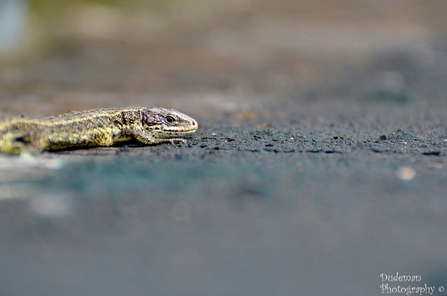What comes to mind when you hear someone talking about reptiles? Slimy, dangerous and creepy are all terms that tend to come up. These are for the most part wrong. These animals, particularly snakes are highly and unfairly stigmatised. Another common misconception is where they can be found. Forget the exotics of India or the deserts of America and Australia, we are lucky enough to have a few highly adapted species in London and its immediate surroundings.
Here in the UK we have six native species of reptile, we have three lizards and three snakes. Our native snakes are the grass snake (Natrix helvetica), the adder (Vipera berus), and the smooth snake (Coronella austriaca) while our lizards are the slow-worm (Anguis fragilis), the common or viviparous lizard (Zootoca vivpara) and the sand lizard (Lacerta agilis). Four of these species are found in various sites and habitats in London where they provide excellent benefits to the ecosystem as well as to us. Not just because they provide a “guess what I saw today” story for people to tell.
The two snakes found in London are the grass snake and the adder, they are both very different behaviourally and aesthetically. The grass snake is widespread and is our longest, it can be found in a variety of habitats, from dry grasslands to parks. They do favour water and are a wetland specialist. They can even be found in gardens, particularly if a pond is present as they can search for their favoured prey – amphibians. They are completely harmless to humans as they have no venom and their relative size means the very rare bites can’t do any real damage. These snakes have amazing defence strategies such as playing dead, false attacking and releasing a garlic like odour from their vents. They are a very flighty and quick snake, dashing off at the first sign of danger.

